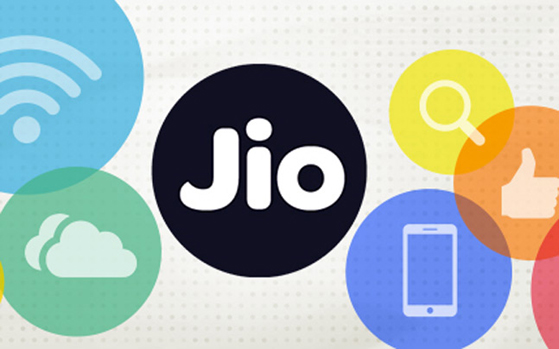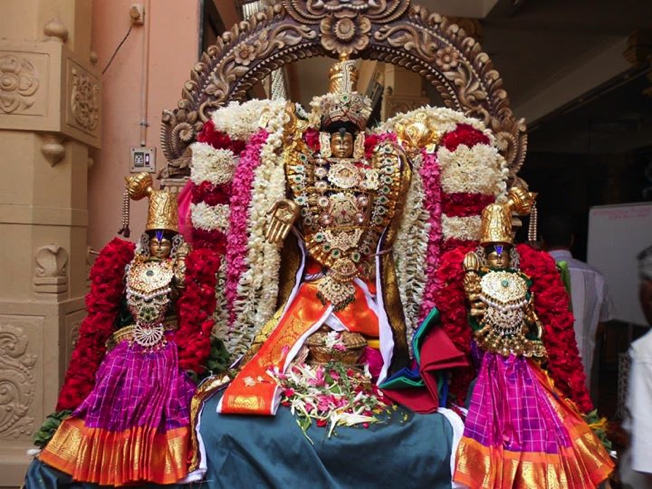The FSSAI (Food Safety and Standards Authority of India) has recently classified packaged drinking water and mineral water as “High-Risk Food”, sparking concerns about its safety. But does that mean bottled water is dangerous? Let’s break it down:
🚨 Why the “High-Risk” Tag?
- Potential Contamination: Bottled water is prone to contamination during processing, packaging, and transportation. Issues like bacterial growth, microplastics, and chemical leaching from plastic bottles are major concerns.
- Lack of Uniform Standards: The recent removal of mandatory BIS (Bureau of Indian Standards) certification for bottled water has made regulatory oversight stricter under FSSAI to prevent lapses in quality.
- Increased Monitoring: By labeling it high-risk, FSSAI aims to enforce annual inspections and third-party audits to ensure compliance with strict safety standards.
🧊 Is Bottled Water Unsafe?
Not necessarily. The “high-risk” label doesn’t imply every bottle is dangerous — rather, it highlights the need for better regulation. Safe brands that follow proper filtration processes and maintain hygiene standards are still considered safe for consumption.
✅ Pro Tip: Always check for FSSAI certification and prefer glass bottles or BPA-free plastic for long-term health benefits.


